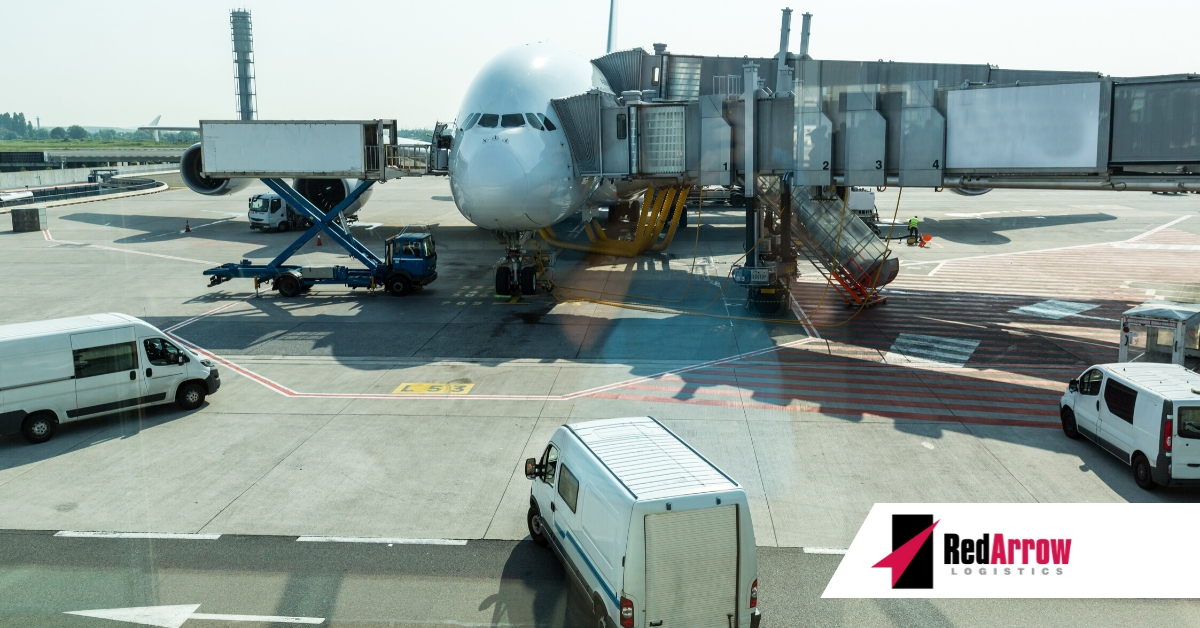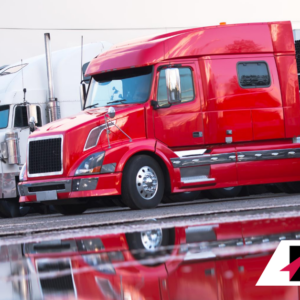Congestion was already an issue for some U.S. airports, and COVID-19 virus has made some of these problems even worse. While international passenger terminals stay empty of passengers, there is a backlog of cargo. The increase in medical supplies because of the global pandemic as well as an uptick in e-commerce order from homebound consumers has highlighted inefficiencies in many large airports in major U.S. cities.
Freight forwarders and truckers say that cargo pickup and drop-off wait times at major U.S. hub airports have jumped from four to five hours to between six and seven hours. Some report a wait time of up to one week.
The Decline
The gap between air cargo capacity between last year and this year continues to increase. Global air capacity is approximately 25-28% lower in May 2020 as compared to the same time frame in 2019 in part due to the cut in cargo capacity due to the coronavirus spread. Capacity is down for many routes include Asia to Europe, North America to Europe, and between Latin America and Europe.
The Issues
Some airports such as Chicago O’Hare, LAX, and JFK in New York are overwhelmed due to staffing shortages, COVID-19 new regulations, and the lack of passenger flights. This combination has changed the cargo handling process at every airport, causing almost all cargo terminals to have problems moving the freight through at a normal speed. With volume increasing, the result has been a backlog and a delay in the transport of many shipments. Until the need for PPE (personal protective equipment) and other medical supplies goes down, there will not be any solution to this backlog.
JFK International Airport for example is experiencing greater cargo congestion and ground delays. Brandon Fried, executive director of the Airforwarders Association states, “There are many causes but the most frequent reason we hear is lack of staffing among ground handlers. New York has been very hard hit by the coronavirus and, as a result, many workers are not showing up to unload the flights. For the time being, we’re going to be doing some suffering.”
Infrastructure
Truckers have long complained about neglect on the cargo part of airports in comparison to improvements and automation on the passenger side. Ground handlers and airlines have imposed penalties for loads that are sitting in traffic for two to six hours. The lack of technology when it comes to infrastructure automates has resulted in these delays.
Logistics experts state that large airports were made to handle a mix of cargo from aircraft and freighters, but with most of the international traffic being on hold, the fright is being put in warehouses all at one time rather than arriving in a staggered schedule. This has created confusion among people in the industry such as freight forwarders and trucking companies because the freight is not following its normal path. When warehouses get full, the cargo gets diverted to other providers.
Large shippers usually use whole pallets and widebody passenger carriers but with so much freight to be moved, shipments are now being arranged as smaller units to maximize space. Smaller boxes are being stored in the cabin—on the seats, floor, and overhead bins. They need to be moved one by one on and off the plane manually, which adds to the transportation time. It can take a few hours to unload a freighter with cargo spread out in the cabin, as compared to 20-30 minutes for palletized freight.
Staffing Issues
Much of this extra work is happening at a time when airports and warehouses are short-staffed, further extending the turnaround time per shipment. Since some workers are receiving their $600 per week in unemployment and making more than as a dock worker, it is more difficult to hire. These operations are further slowed by the employees’ need to social distance while working.
Technology to the Rescue
Technology is being used to help speed the cargo shipping processes up. Drivers can use an app to input a consignment and get notified when it is ready to be picked up rather than checking in and waiting for paperwork to be completed. Using the app means that the truck driver is not sitting around the warehouse waiting for their turn. Instead, they receive a text when their load is ready.
Continued investments in technology will aid in relieving some of the cargo congestion challenges in the U.S.
Your Trusted Partner
At Red Arrow Logistics, we provide expertise and white glove customer service with fast-growing, complex, and high-value supply chains. As the next-generation model of logistics companies, we offer tailored transportation and logistics solutions — from single shipments to complex over-dimensional and international orders.
Red Arrow offers the scale and scope of services including air, ocean, and ground transportation to meet the budget and schedule requirements of the largest and smallest companies alike. If we can be of assistance, please email us at info@redarrowlogistics.com or give us a call at 425-747-7914.




